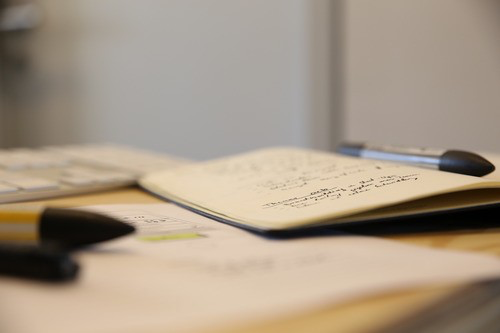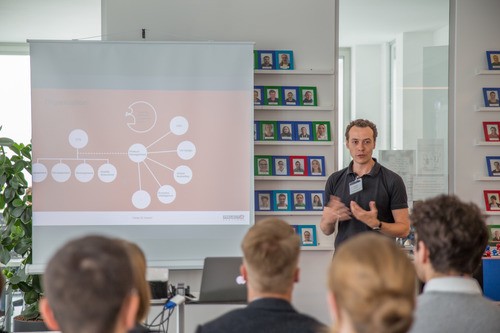By Tamer El-Hawari
Product managers assume a key function regarding the success of a startup. But why exactly? What does a product manager do? What does the day-to-day work look like? We asked Tamer El-Hawari, Head of Product Management at Project A, to give us some answers.

What is a product manager?
When I interview product managers one of my very first question is “What is your understanding of product management?”. Most of the candidates describe product management as the “interface between Business and IT”, sometimes — way too seldom — they include the interface to “User Experience” as well. It shows that product managers often perceive themselves in their interdisciplinary function translating and passing over information from different departments in the company. Even though this description is not wrong, their responsibility goes beyond that. The product manager should perceive himself as the “former of the product” — as the responsible person within the company who defines the product to be built. This includes the ideation and assessment of product opportunities and bringing them to life. When he orchestrates all the product related work, so that the whole is more than the sum of its parts, he is a good product manager.

What does the work of a product manager look like?
In his day-to-day work he needs to keep the overall vision in mind while transforming an abstract idea into the actual product. This begins with the discovery of product ideas through different channels. This may be an interview with the customer, by analyzing data, getting requirements from stakeholders, ideation sessions or the observation of market and technical possibilities. The management and assessment of the possibilities is crucial to the company’s success and leads to a roadmap for the further product development.
Within the product idea creation process, the product manager translates different requirements and refines them to actual specifications. Doing this he is the key interface between different functional teams such as IT, Design, Management or Marketing, keeping everything in sync and communicating between all involved parties. In the execution of all the different functions two main goals need to be accomplished — making the product better for the user and at the same time improving the company’s value creation.